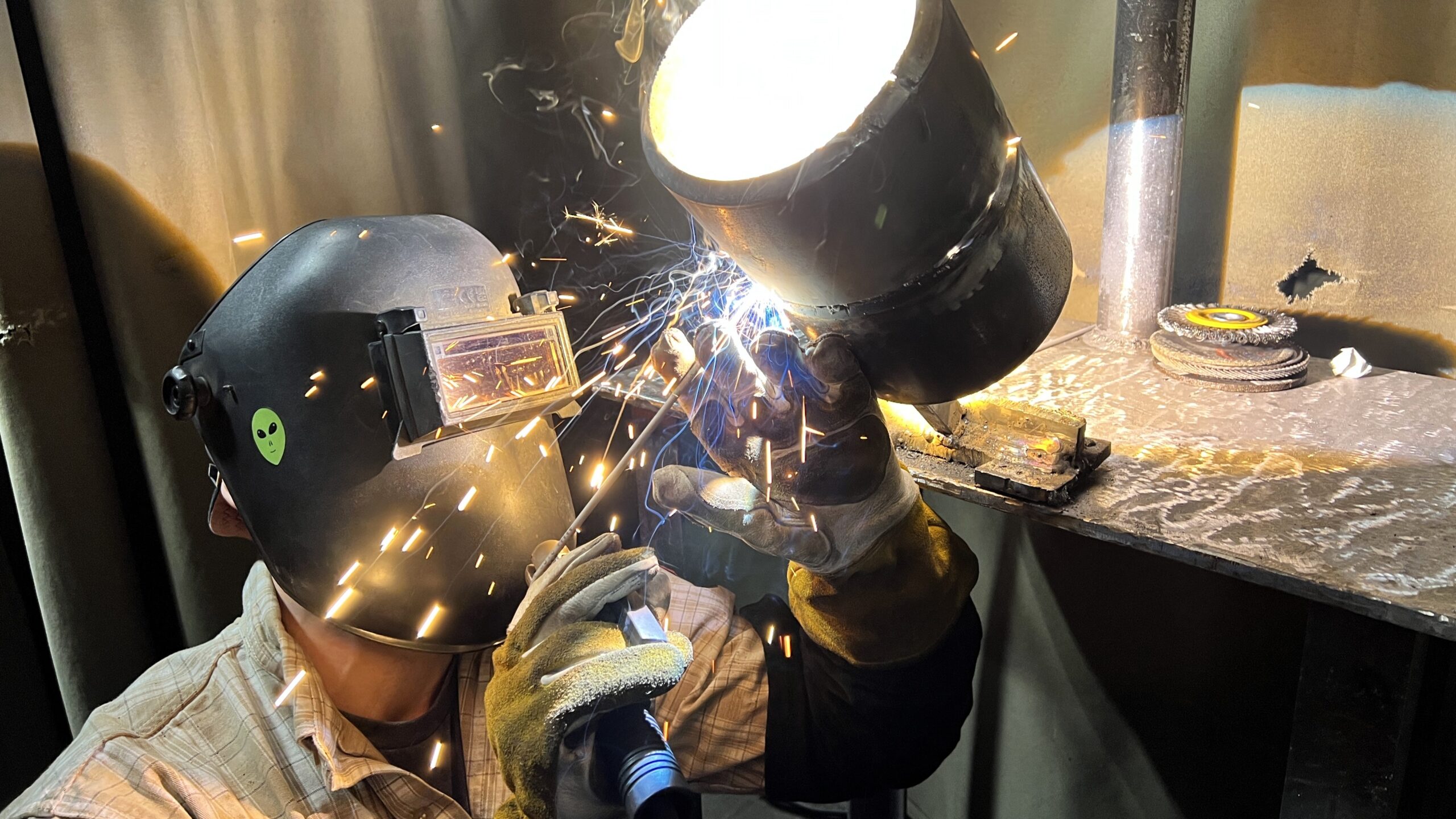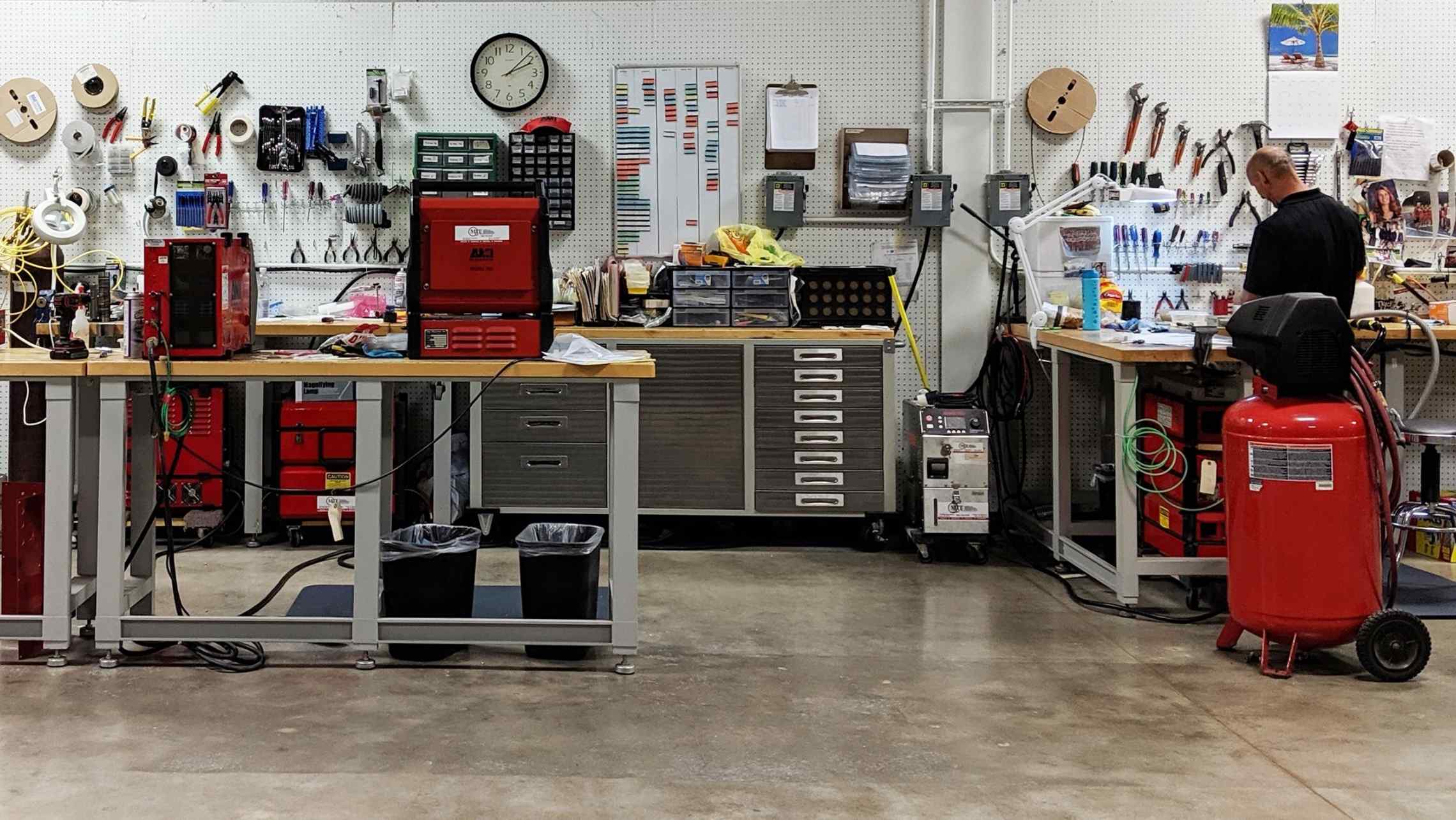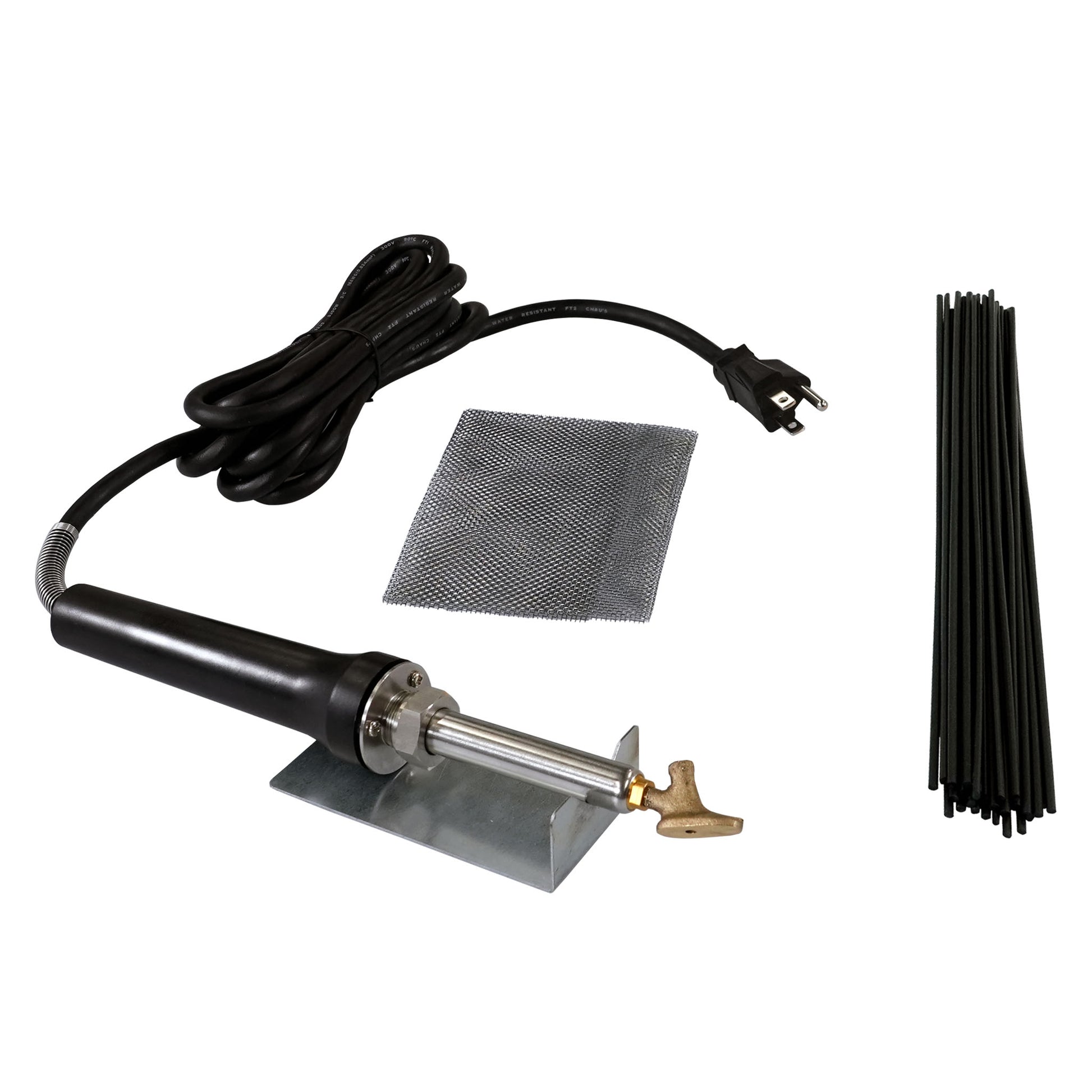Typical Welding Fixing Issues and How to Address Them Successfully
Welding repair services frequently run into a variety of issues that can endanger the honesty of the end product. Typical issues include insufficient penetration, porosity, and imbalance, to name a few. Each flaw provides special challenges that need details approaches for resolution. Recognizing these problems is vital for welders intending to improve their results and skills. This discussion will certainly check out these common welding repair issues and effective techniques to resolve them.
Inadequate Infiltration
Insufficient penetration occurs when the weld metal fails to fully fuse with the base material, leading to weak joints and possible structural failings. This concern often originates from not enough heat input, wrong electrode angle, or incorrect welding speed. Welders may encounter inadequate penetration because of a mistake of the required criteria for a certain product thickness or type. In addition, contamination on the base product's surface can impede reliable bonding, aggravating the trouble. To deal with poor infiltration, welders should guarantee ideal setups on their equipment and keep a tidy work surface area. Normal inspection of welds is suggested to recognize any type of shortages early, permitting prompt modifications and the prevention of jeopardized structural stability in welded assemblies.
Porosity
Porosity is an usual defect in bonded joints that shows up as little gas bubbles entraped within the weld steel. This issue can endanger the stability of the weld, causing minimized toughness and potential failing under stress and anxiety. Welding. Porosity usually occurs from contamination, wetness, or inappropriate welding strategies, which permit gases to get away right into the liquified weld swimming pool. To attend to porosity, welders need to guarantee correct surface area preparation, maintain a tidy workplace, and make use of suitable welding parameters. Furthermore, selecting the ideal filler product and protecting gas can minimize gas entrapment. Normal inspection and testing of welds can help determine porosity early, ensuring prompt rehabilitative activities are taken, therefore preserving the high quality and dependability of the bonded framework
Misalignment
Misalignment in welding can develop from numerous factors, consisting of inappropriate arrangement and thermal development. Understanding the root creates is vital for efficient resolution. Numerous correction strategies are offered to straighten parts and guarantee architectural integrity.
Reasons of Misalignment
Welding imbalance frequently stems from a variety of underlying concerns that can jeopardize structural honesty. One main cause is incorrect fit-up of parts prior to welding, which can cause voids and irregular surfaces. Variants in thermal growth during the welding process can likewise result in distortion, particularly if the materials being joined have various coefficients of expansion. Furthermore, poor securing and fixturing might fail to hold components safely in position, bring about motion throughout welding. Improperly kept tools, consisting of welding devices and tools, may present inconsistencies in the weld bead, more adding to imbalance. Operator mistake, stemming from insufficient training or experience, can additionally play a significant function in developing misaligned welds.

Correction Strategies Readily Available
Resolving misalignment efficiently needs a combination of rehabilitative strategies tailored to the particular concerns available. One typical method is using jigs or components to hold components in the right setting during welding, making sure consistent positioning. In addition, pre-heating the products can help reduce distortion and improve fit-up. For significant imbalance, mechanical adjustment methods, such as utilizing hydraulic jacks or clamps, can be used to remedy the placement before welding. Post-weld warm therapy might additionally be required to soothe tensions brought on by misalignment. Cautious inspection and change during the configuration stage can avoid misalignment issues from becoming considerable troubles, advertising a smoother welding procedure and improving total structural stability.
Distortion
Distortion is an usual challenge in welding that can arise from different aspects, including unequal cooling and heating. Understanding the sources of distortion is important for applying effective prevention techniques. Resolving this problem not just enhances structural integrity yet likewise enhances the overall quality of the weld.
Reasons for Distortion
When based on the intense heat of welding, products frequently undergo modifications that can result in distortion. This phenomenon mostly emerges from thermal expansion and contraction during the welding procedure. As the weld area warms up, the material increases; upon air conditioning, it contracts, which can create inner tensions. Additionally, uneven heating throughout a work surface can exacerbate these stress and anxieties, resulting in warping or flexing. The kind of product likewise plays a substantial duty; metals with varying thermal conductivity and coefficients of expansion may respond in different ways, leading to uncertain distortions. Additionally, poor joint layout and insufficient fixturing can add to imbalance during welding, raising the probability of distortion. Comprehending these causes is necessary for efficient welding repair and prevention approaches.
Prevention Techniques
Efficient prevention strategies for distortion throughout welding focus on controlling warmth input and guaranteeing proper joint layout. Keeping a constant heat input aids to decrease thermal expansion and tightening, which can lead to distortion. Making use of strategies such as preheating the workpiece can additionally reduce the temperature gradient, advertising uniform home heating. Furthermore, picking ideal joint styles, such as T-joints or lap joints, can boost stability and reduce stress and anxiety focus. Implementing proper fixturing to protect the work surfaces in position further aids in maintaining placement during the welding procedure. Staggered welding series can disperse warm more uniformly, stopping localized distortion. By using these techniques, welders can greatly lower welding shops the probability of distortion and boost the overall high quality of their welds.
Fracturing
Splitting is a common concern run into in welding fixings, usually resulting from various factors such as inappropriate cooling prices, product selection, or insufficient joint preparation. The occurrence of splits can greatly jeopardize the stability of the weld, resulting in prospective failings during procedure. To resolve this problem, welders must initially analyze the origin, guaranteeing that products work and suitably selected for the particular application. Furthermore, regulating the cooling rate throughout the welding process is vital; fast cooling can generate stress and anxiety and lead to splitting. Appropriate joint style and prep work likewise contribute to lessening the threat. Carrying out these techniques can boost weld quality and sturdiness, inevitably reducing the likelihood of splitting in completed weldments.

Incomplete Blend
A significant concern in welding fixings is insufficient combination, which takes place when the weld metal does not sufficiently bond with the base product or previous weld passes - Belgrade Welding. This issue can cause weak points in the joint, potentially compromising the stability of the welded framework. Elements adding to insufficient combination include inadequate warm input, inappropriate welding strategy, and contamination of the surfaces being joined. To resolve this problem properly, welders need to assure correct pre-weld cleaning and surface area preparation, in addition to readjust their welding criteria to attain appropriate penetration and fusion. Routine assessment during the welding process can additionally aid recognize insufficient fusion early, permitting prompt rehabilitative measures to enhance the general top quality of the weld
Overheating
While welding fixings can enhance architectural honesty, overheating provides a significant obstacle that can lead to product degradation. Too much warmth throughout welding can change the mechanical residential or commercial properties of metals, causing decreased strength, increased brittleness, and warping. This phenomenon is particularly critical in high-stress applications where structural integrity is critical. Identifying getting too hot can include visual evaluations for discoloration or distortion, in addition to keeping an eye on temperature throughout the welding procedure. To minimize the risks connected with overheating, welders should utilize ideal techniques, such as regulating warm input, adjusting travel rate, and using appropriate filler materials. Additionally, carrying out pre- and post-weld heat treatments can help recover material buildings and improve the overall quality of the repair service, making sure long-lasting efficiency and safety and security.
Frequently Asked Inquiries
What Are the Common Signs of a Welding Issue?

Just How Can I Examine My Welds for Quality?
To check welds for top quality, one can make use of aesthetic evaluations, ultrasonic testing, and radiographic approaches. Each technique assures structural integrity, identifies issues, and confirms adherence to defined requirements, eventually enhancing the dependability of the bonded joints.
What Safety and security Safety Measures Should I Take While Welding?
When welding, one should focus on security by using appropriate individual protective tools, ensuring site appropriate ventilation, safeguarding combustible products away, preserving a tidy office, and recognizing environments to stop injuries and crashes.
Can I Fix a Weld Without Redoing the Entire Joint?
Fixing Find Out More a weld without redoing the entire joint is feasible, relying on the damages (Montana Mobile Welding and Repair Belgrade). Techniques such as grinding, adding filler material, or utilizing a welding process can efficiently resolve specific flaws while protecting the bordering framework
What Equipment Are Necessary for Efficient Welding Repair Works?
Important tools for efficient welding fixings consist of a welding equipment, cord brush, grinder, protective gear, clamps, and filler products. Each tool plays an important duty in ensuring high quality and security during the repair procedure. Porosity commonly emerges from contamination, moisture, or incorrect welding techniques, which permit gases to get away right into the liquified weld swimming pool. Inadequately conserved equipment, including welding devices and devices, might present incongruities in the weld bead, additional contributing to misalignment. When subjected to the intense warm of welding, products usually undergo changes that can lead to distortion. Breaking is an usual problem run into in welding repair services, frequently resulting from numerous factors such as improper air conditioning prices, material choice, or poor joint prep work. A considerable issue in welding repairs is insufficient combination, which occurs when the weld steel does not effectively bond with the base product or previous weld passes.